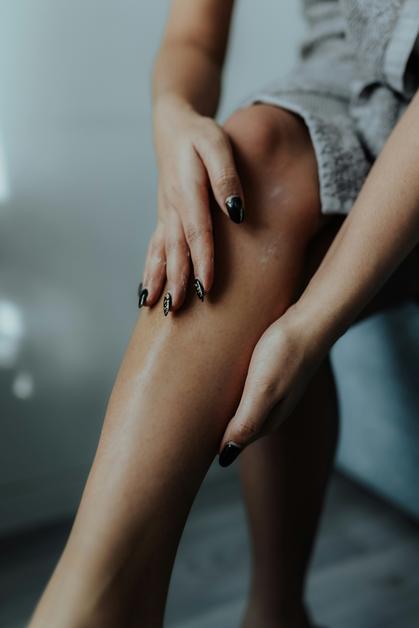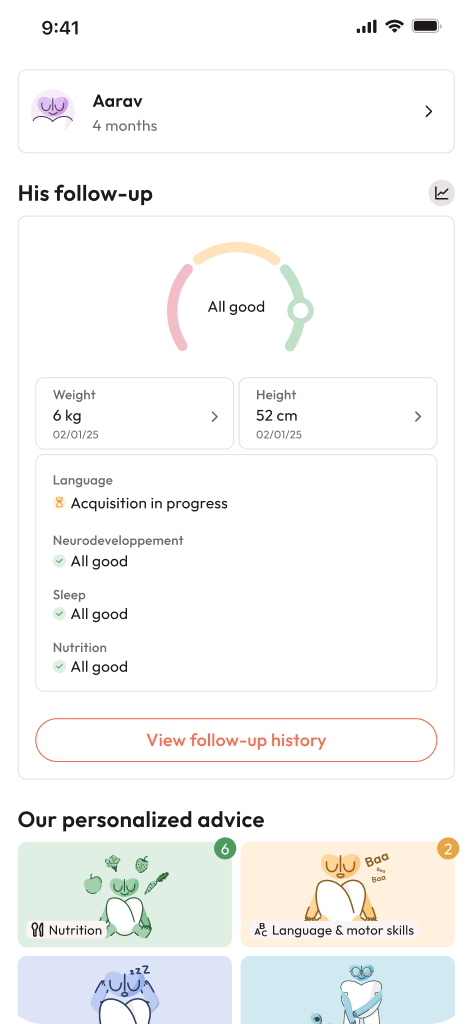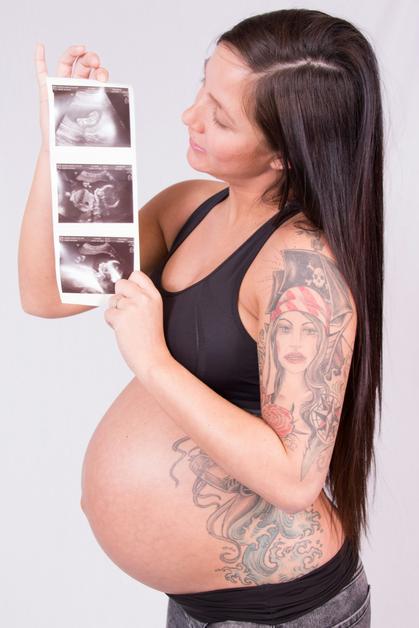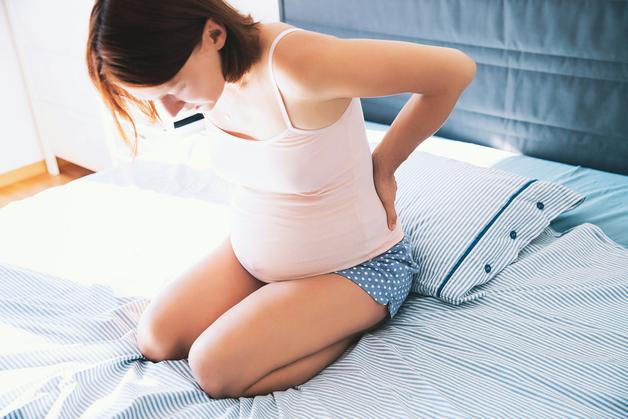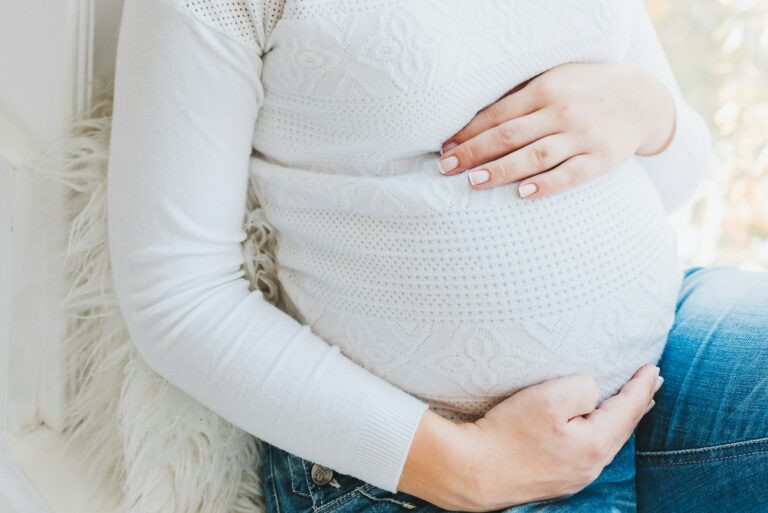The journey of pregnancy brings with it a symphony of bodily changes—a few delightful, others undeniably challenging. And in the midst of growing anticipation and physical transformation, one issue often strikes out of nowhere: leg cramps during pregnancy. Imagine settling down for much-needed rest, only to be awoken by an abrupt, stabbing pain marching up your calf. That sharp spasm? It’s a reality for many expectant parents, particularly as pregnancy advances. Why do these cramps choose the stillness of night, robbing sleep that is already so precious? What can be done, right now and over the months, to soothe these muscles and restore a sense of ease? Exploring the origins, daily impact, and genuine solutions—both immediate and preventive—is essential. Unearthing the medical logic behind each suggestion (from stretching advice to mineral-rich foods) can help turn confusion into confidence. Here, a practical, empathetic approach addresses all the burning questions—and offers solidarity to those whose legs seem determined to join the pregnancy party, whether invited or not.
Leg cramps during pregnancy: understanding the challenge
What are leg cramps in pregnancy? Definition and symptoms
Imagine the muscle in your calf suddenly tightening—unyielding, aching, sometimes feeling as if it’s coiling into a hard knot just beneath the skin. Leg cramps during pregnancy are, in essence, powerful and involuntary spasms (commonly in the calf, sometimes climbing to foot or thigh), typically crashing in when least expected. The sensation can be dramatic—sharp, sometimes likened to a jolt or a knife, lasting several seconds or dragging on for minutes. Even after the spasm releases, the area may remain sore for some time, making each step a lingering reminder.
How common are leg cramps and when do they occur?
It might surprise you—or perhaps not—to learn that leg cramps during pregnancy affect nearly half of all expectant women, with prevalence spiking in the second and third trimesters. Nocturnal episodes dominate the scene, regularly breaking the silence of the night and interrupting precious sleep. Yet, cramps are sneaky, striking during moments of rest in daylight or even after an innocent stretch on the sofa. Their unpredictability adds to the frustration, making them an ever-present concern as pregnancy progresses.
Why addressing leg cramps matters for parental wellbeing
On the surface, these cramps may not seem alarming. But peeling back the layers reveals their capacity to disrupt rest, cast a shadow on daily activities, and chip away at emotional resilience. Sleep fragmentation brings exhaustion, impacting ability to preserve calm or handle day-to-day tasks. Addressing leg cramps during pregnancy isn’t just about muscular comfort—it’s about nurturing the overall wellbeing vital for both parent and baby during these transformative months.
Causes and risk factors of leg cramps in pregnancy
Why do leg cramps happen during pregnancy? Physiological changes and triggers
What’s happening inside the body, exactly? Pregnancy brings a lovely surge in blood volume, but this comes at a price—the growing uterus presses on pelvic veins, slowing blood’s journey back from the legs. This pooling, combined with shifting levels of progesterone (a hormone notorious for relaxing smooth muscles and dilating blood vessels), affects circulation, sometimes creating the ideal storm for cramps. Less oxygen quickly reaches leg muscles, metabolic wastes accumulate, and the stage is set for involuntary contractions—especially during nocturnal hours, when circulation further slows.
Nutritional and metabolic factors: the mineral equation
Our muscles depend on a delicate dance of minerals to contract and relax. During pregnancy, demands for magnesium, calcium, and potassium rise, and even subtle imbalances may set off spasms. What’s the message? A diversified, nutrient-rich diet is not just recommended, it’s protective. On the hydration front, too, dehydration increases the risk as waste products back up in tired muscles. Have you noticed cramps on hot days or after a long time without water? The connection is real.
Circulatory shifts, physical changes, and lifestyle
- Blood flow slows with expanding blood volume and pressure from the uterus.
- Tired, fatigued muscles cope with extra weight and shifting posture.
- Standing or sitting for drowsy hours (especially with legs crossed) increases risk.
- Inactivity, intense exercise, and unsupportive footwear add to the equation.
- Restless days or sleepless nights? Leg cramps during pregnancy may come knocking, fueled by stress, altered rest patterns, or even unsupportive shoes.
Who is more likely to experience leg cramps?
Age isn’t the only factor. Expectant parents carrying multiples, those who gain significant weight, individuals with poor dietary variety, or those with erratic sleep schedules—each group is at greater risk. Physical activity plays a double role: too little, or excessively intense routines, can both trigger cramps.
Recognizing leg cramps and distinguishing other leg pains
Signs and patterns: what does a pregnancy cramp feel like?
A sudden, knife-like ache—often centered in the calf, but sometimes traveling upward or downward. The muscle grows firm, bulging under the skin or visibly twitching. Most episodes pass quickly, yet tenderness and stiffness may linger. The unpredictability (striking at night or during quiet moments) only heightens anxiety about the next attack.
Leg cramps vs. restless legs syndrome
Leg cramps during pregnancy involve tangible pain and visible muscle contraction. Restless Legs Syndrome (RLS), in contrast, is more of an uncomfortable urge to move the legs, sometimes accompanied by odd sensations—tingling, crawling, or itching—but without the spasm or sharp pain of a classic cramp. Stretching typically relieves cramps, while simple movement calms RLS discomfort.
When does leg pain require further investigation?
Warning flags: Persistent, constant pain (not resolving in minutes), redness, significant swelling, warmth, unusual skin color (pale or bluish), or a heavy sensation all demand immediate attention. These symptoms may suggest deep vein thrombosis (DVT)—a blood clot in the leg—requiring prompt consultation with a healthcare provider.
Impact of leg cramps on daily life
Nightly awakenings and disturbed sleep
The signature trait of leg cramps during pregnancy—their tendency to erupt at night—makes restful sleep a challenge. Waking with pain, then lingering with tension or soreness, erodes energy, affects mood, and gradually chips away at emotional wellbeing. Daytime fatigue, difficulty concentrating, and irritability could all stem from repeated cramp-induced sleep interruptions.
Effects on activity and emotional balance
Discomfort may extend beyond the acute episode, manifesting as muscle tenderness or a limp. For some, this leads to avoidance of gentle activity, yet regular movement is part of the solution. The resulting cycle—less movement, more risk—fuels frustration. The emotional burden, even from a seemingly minor nuisance like muscle spasms, is real: patience grows thin, stress accumulates, and anticipation of another painful episode hovers.
Prevention strategies for leg cramps during pregnancy
Everyday routines: hydration, diet, sleep positions
Hydrate—think clear, cool water, sipped throughout the day. Focus meals on ingredients rich in magnesium (leafy greens, seeds, nuts, beans), calcium (milk, cheeses, fortified waters), and potassium (bananas, sweet potatoes, avocados, spinach). For sleep, lying on the left side supports circulation; elevating legs or splitting them with a pillow can lessen evening swelling and ease nocturnal cramps.
Foods and vitamins: a dietary roadmap
- Magnesium: pumpkin seeds, chickpeas, leafy vegetables, dark chocolate, nuts.
- Calcium: cheese, dairy, almonds, sardines.
- Potassium: bananas, potatoes, spinach, apricots.
Prenatal vitamins usually cover most needs, but whole foods supply the most stable foundation for mineral balance. The emphasis? Consistency over perfection: there’s no magic food, just a mosaic of healthy choices.
Gentle movement: stretching and safe exercises
Favor manageable, low-impact activity—walking, swimming, prenatal yoga or gentle pilates. Daily stretching (especially calves and hamstrings), ideally before sleep, can act as both prevention and relief. Want a simple tip? Face a wall, press your hands, step one foot back with the heel grounded, stretch, and hold. Regular motion after long standing or sitting breaks the cyle before it begins.
Shoes, posture, and supportive habits
Invest in stable, cushioned footwear with good arch support. High heels and overly tight shoes strain muscles and exacerbate discomfort. Replace crossing your legs with shifting positions; elevate your feet when possible. For those troubled by swelling or heavy legs, medical compression stockings (prescribed by a professional) can improve comfort.
Mind and body: managing stress and fatigue
Nighttime stress and physical exhaustion enhance cramp risk. Incorporate relaxation—deep breathing, meditation, or calming bedtime routines—to coax muscles into recovery before sleep.
Home remedies and safe relief
Immediate action: what to do when a cramp strikes
Gently but firmly flex the foot, drawing toes toward the shin (never pointing down, which may worsen the pain). Massage in slow strokes from ankle toward knee—to reawaken circulation. Apply a warm compress or hot water bottle; some find relief in alternating warm and cold water. After relief, a slow walk helps dissipate residual tension. Don’t forget: a glass of water, even at midnight, can help recovery.
Lifestyle adjustments
Regular movement combined with periods of leg elevation supports overall circulatory health. Avoid long static postures or excessive activity. Integrate gentle, rising and resting intervals throughout the day.
Supplements and over-the-counter options
Occasionally, healthcare providers suggest magnesium or calcium supplements for those with proven deficiencies. However, research on their universal benefit remains mixed—supplements may not help everyone, and excess intake can provoke digestive or metabolic issues. Trust your medical team to tailor advice to your body’s needs.
Alternative therapies: a measured approach
Massage, stretching, warm baths are supported by anecdotal experience and, in moderation, science sees them as safe. Be wary of unsupported remedies; some substances—notably quinine—are off-limits during pregnancy for safety reasons.
Medical treatments and guidance
When is it time to seek medical help?
If symptoms escalate—pain, persistent swelling, redness, warmth, skin color changes, or if cramps disrupt function—immediate professional evaluation is necessary. Acute, severe, or unexplained pain, especially with swelling, could signify a deeper issue.
Clinical evaluation and diagnosis
A thorough clinical exam assesses symptoms, looks for swelling or tenderness, and may include blood tests (to detect mineral imbalances or thyroid disturbances). Suspicion of clots (DVT) calls for Doppler ultrasound to reassure or direct further care. Not all pain will have a medical answer, but careful evaluation ensures reassurance.
Safe medical solutions during pregnancy
Priority goes to conservative care—hydration, proper nutrition, supportive footwear, gentle daily stretches. Supplements arise only after confirmation of need. Most will not require medications; focus remains on lifestyle solutions, with additional support as advised.
Myths and misconceptions about leg cramps during pregnancy
Popular beliefs vs. medical reality
Is there a magic cure? Unfortunately, no. Calcium or magnesium supplements help some, but not universally. No single food, movement, or pill guarantees complete prevention. Importantly, self-medicating or using products like quinine during pregnancy is not advised. Not all cramps mean a dangerous deficiency—a spectrum of causes, often overlapping, is more likely.
Insights from current science
Multiple interconnected mechanisms—mechanical loading, hormone surges, circulatory adjustments, nutritional factors—coalesce to trigger cramps. The most reliable defense? Regular activity, balanced nutrition, quality footwear, hydration, and caring for your own recovery. The body’s resilience, aided by mindful daily choices, supports muscle comfort best.
Key takeaways
- Leg cramps during pregnancy commonly strike during the second and third trimesters, often at night, robbing sleep and heightening anxiety.
- They rarely point toward a serious threat for baby or parent, but can disrupt rest, activity, and mood, feeding a cycle of fatigue and worry.
- Effective prevention focuses on stretching, hydration, mineral-rich meals, comfortable footwear, relaxed routines, and good sleep posture.
- Calcium or magnesium supplements are not universally needed—only after proper assessment by a doctor.
- Unusual, severe, or persistent symptoms (swelling, color changes, constant pain) should be checked promptly by a healthcare professional.
- Navigating this phase with knowledge, gentle adjustments, and the support of health experts can transform discomfort into confidence.
- For personal advice and free child health checklists, you can use the application Heloa.
Questions Parents Ask
Can leg cramps during pregnancy affect the baby’s health?
No need for concern here. Leg cramps during pregnancy mostly create discomfort for the parent, not the baby. Muscle spasms reflect natural body changes and rarely indicate anything that may trouble fetal wellbeing. Of course, if you notice extra symptoms or remain worried, linking up with your doctor puts the mind at ease.
Do leg cramps during pregnancy mean I am lacking a specific vitamin?
The thought is logical—one cramp, one missing nutrient. But reality is a touch messier: cramps usually arise from a mix of mineral imbalances, altered blood flow, muscle tiredness, and pregnancy adaptation. A balanced plate and regular drinks generally provide enough. Supplements step in only after professional evaluation, as too much of a good thing may upset other balances.
Are there ways to prevent leg cramps without taking medication?
Absolutely. Many notice relief with gentle, consistent routines—think daily stretching (especially for calves and feet at bedtime), sipping water through the day, eating meals rich in magnesium, potassium, and calcium, and sporting supportive shoes. Elevating your legs now and then, plus changes in sleep position, provide further comfort. These approaches can calm the restless muscles and support good rest, medicine-free.
Further reading:

